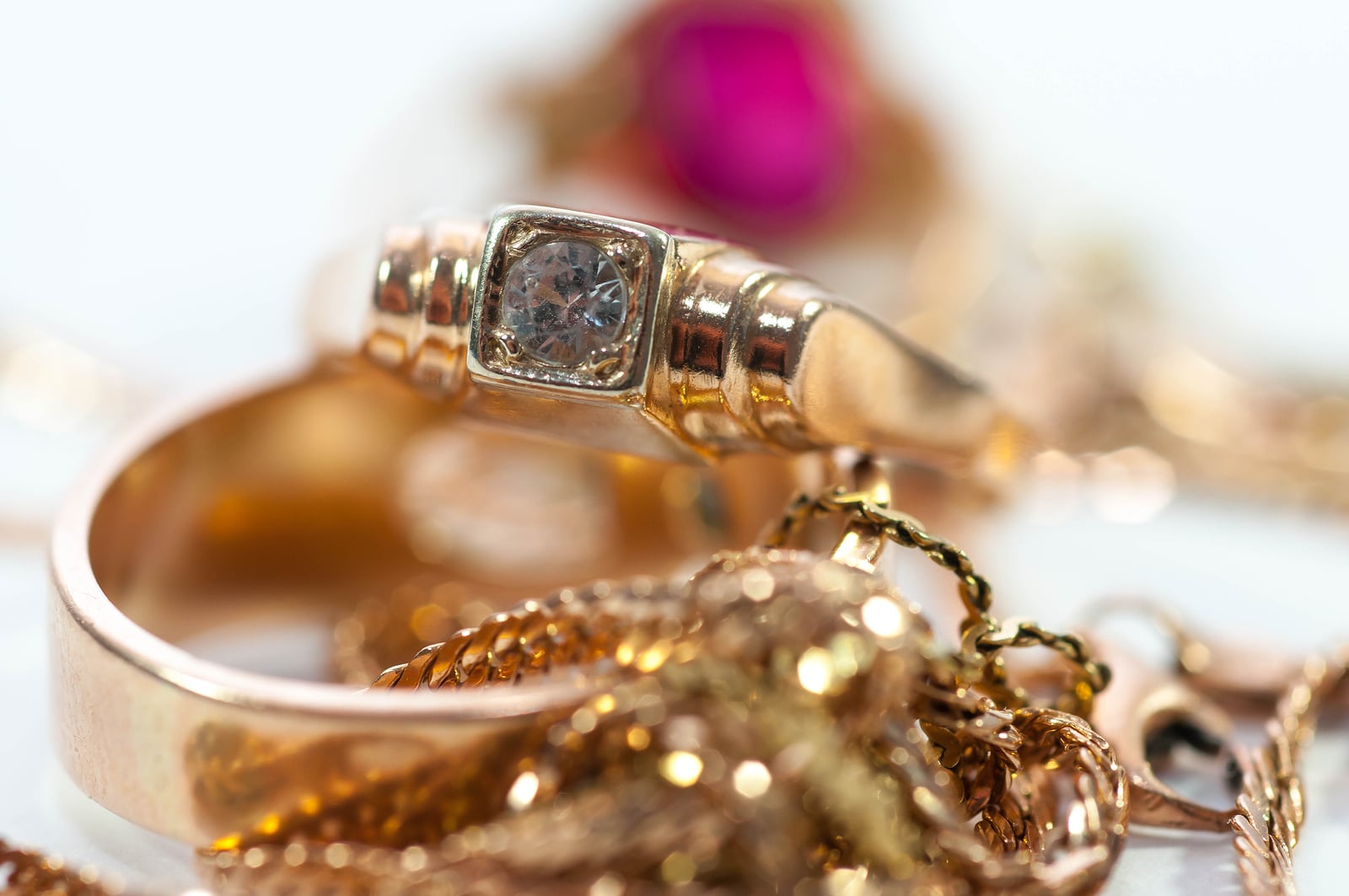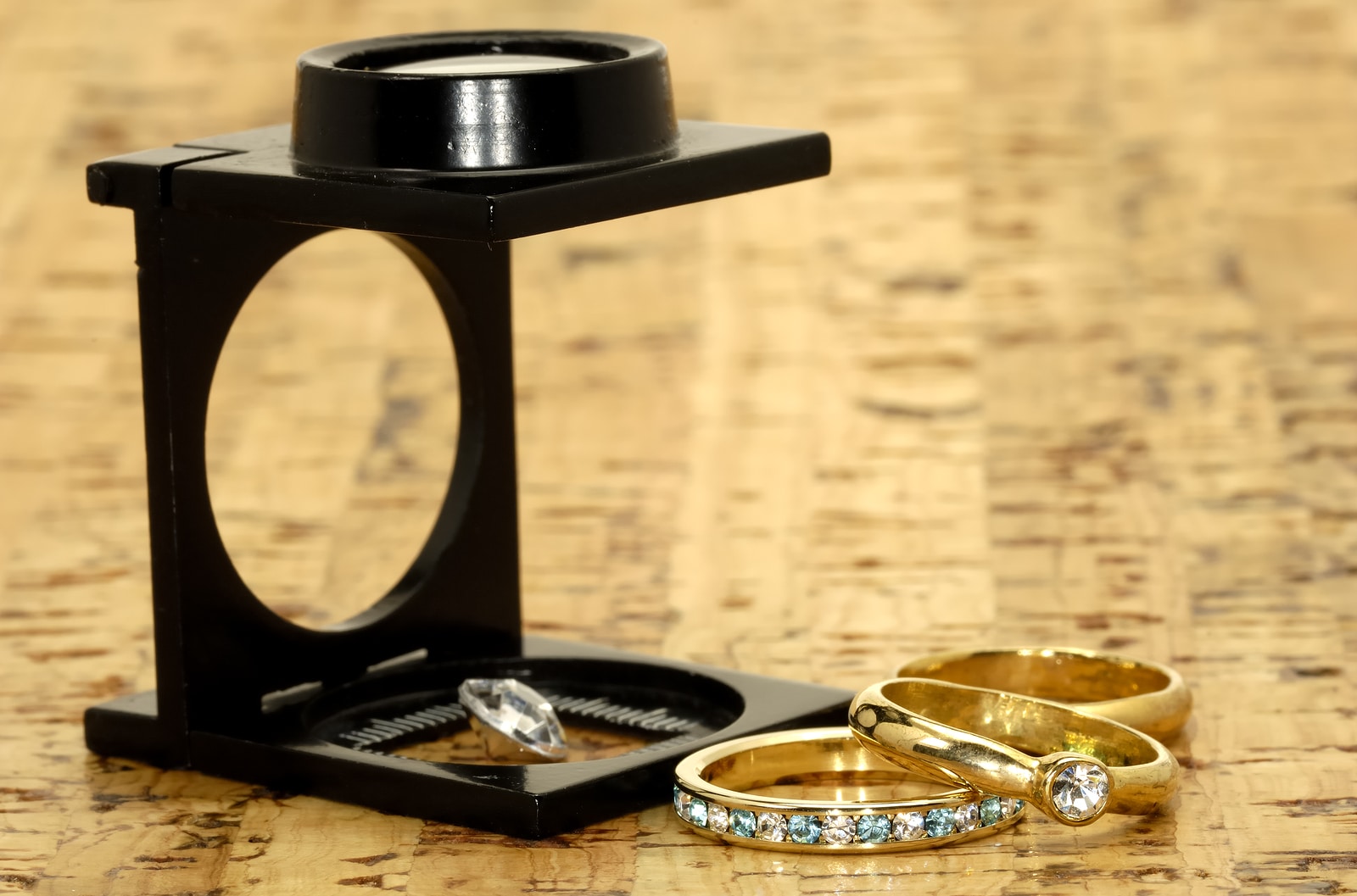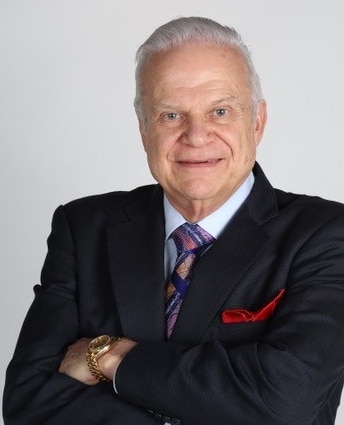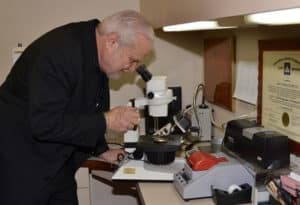By David Craig Rotenberg, ECGA (AGS), GG (GIA), CSM (NAJA), CAPP (ISA)

The appraisal is simply a means of factually communicating what a piece of jewelry is worth. It’s the item’s value assessed by quantitative and qualitative aspects as determined by a skilled professional appraiser. This individual should not only understand the science of valuation, but should be able to properly communicate the background on exactly how he or she arrived at that assessment.
Insurance Appraisals
Insurance appraisals are used by insurance companies to determine exactly what cost is required to replace an exact piece of jewelry in the current climate in the event of theft or loss. The appraiser provides a full evaluation of the item, including a detailed description of quality and special nuances of the item. While each insurance company may operate differently, most won’t simply accept purchase receipts since the determined “value” is the key when writing a policy or reimbursing a claim.

Settlement Appraisals
It is especially important to have an experienced appraiser when appraising for tax purposes. When someone dies, jewelry must be categorized to determine fair market value in regards to inheritance tax as applied by the IRS. Fair market value is a different determination than replacement value, which you obtain for insurance purposes. In terms of a divorce, an appraisal might be required to help determine equitable distribution of property. Jewelry is part of the “estate” and needs to be categorized for tax purposes.
The Process
After you contact a jewelry appraiser, they will sit down with you and review the items you want to be appraised. The condition of an item is extremely important; a broken watch from the 1960s, for instance, might be valued like a typical flea market item while a vintage Rolex in great condition from the same time period would be appraised at what it would bring on the second-hand market. Diamond rings normally have laboratory reports evaluating their quality. New jewelry that is being appraised for insurance purposes should be accompanied by receipts from the store where purchased so the appraiser can refer back to the original jeweler if there are questions.
Finding a Qualified Jewelry Appraiser
You can contact the American Gem Society (AGS) for a list of certified appraisers in your area. Certification by the AGS indicates that the individual is not only a certified appraiser, but also an expert gemologist. The AGS is one of the oldest nonprofits dedicated to consumer protection in the industry. A certification will usually be displayed in the appraiser’s workspace—this certificate required a lot of time and effort and the appraiser will want to show it off!
Other reputable organizations include the National Association of Jewelry Appraisers (NAJA) and the American Society of Appraisers (ASA). Some people ask if it’s necessary to obtain two appraisals; in most cases, this shouldn’t be necessary, especially if you’re confident you’ve gone to a qualified appraiser.
Over the Years
Before the 1980s, there wasn’t a lot of formal appraisal education and a jeweler might simply assess an item for what they might sell it for in their own showcase. The average jeweler didn’t have a lot of resources—an item might be sold based on what someone told them it was worth.
With the founding of the International Society of Appraisers (ISA) in 1979, appraisal education became more of a studied science. As gemology education blossomed, jewelers were able to conduct research, compile pricing information and attend continuing education as they used their new-found gemological skills for buying and appraisal purposes. Transparency is critical—an appraiser must be able to thoroughly explain how they arrived at a value.
ABOUT THE AUTHOR:

In addition to offering his appraisal services to customers at David Craig Jewelers in Langhorne, PA, David has appraised multi-million dollar inventories for the federal government and many banks. He has conducted evaluations for a large variety of complex estate and bankruptcy matters and fraud investigations. He also operates an AGS-accredited gem lab at David Craig Jewelers.

